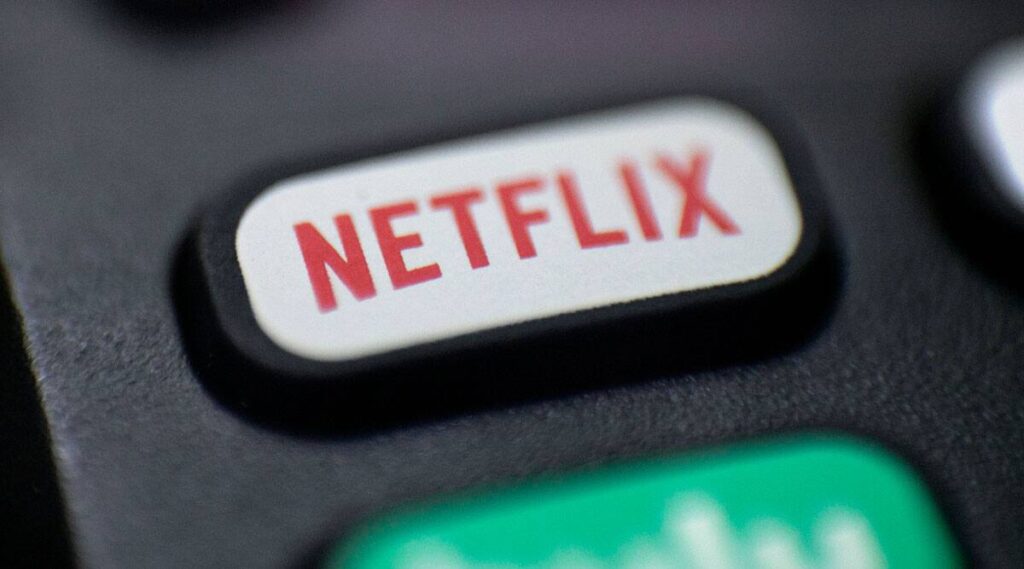Netflix’s first-quarter results for 2022 are out and the company has reported a subscriber loss of 200,000. It has talked about getting users to pay for extra account members, and in a way it will crack down on password sharing. Here’s how it could work.
Netflix’s first-quarter results for 2022 are out and the company has reported a subscriber loss of 200,000, which is well below its target of adding 2.5 million subscribers. The loss in subscribers has also sparked conversations on how Netflix could look at cracking down on password sharing or account sharing, which is likely impacting revenue.
While the most premium Netflix account–which costs Rs 649 in India after rates were slashed in December— only supports 4 simultaneous devices, that has not stopped users from sharing account details with extended family members and friends, etc. One reason is that Netflix lets users login from the same account on more than four devices, unlike other services. The end result is that often one Netflix account is accessed by more than just four people. In contrast, a service like Disney+Hotstar limits login to four devices even for premium subscribers.
But it looks like all of this will change. Netflix intends to get users who share accounts beyond their immediate family to pay for this at some level. CEO Reed Hastings indicated this is something they have been testing for the past two years.
In an investor earnings call post the results, Hastings said, “We’re working on how to monetize sharing.. And now, we’re working super hard on it,” adding that they have over 100 million subscribers who love the service, but they (Netflix) have “just got to get paid at some degree for them.” CEO Reed Hastings indicated this is something they have been testing for the past two years. (Image: Reuters)
CEO Reed Hastings indicated this is something they have been testing for the past two years. (Image: Reuters)
So how would this work? According to the call transcript shared by Alphabeta, Gregory Peters, COO & Chief Product Officer at Netflix, said that the service will likely ask members to pay a bit more if they want to share the account with others.
It was reported last month that Netflix was already testing some limits to account sharing in an apparent attempt to crack down on password sharing in Chile, Costa Rica and Peru and this was also referenced in the call. When asked about the testing, Peters said that Netflix has done the “first big country test,” but they are still working out the final details. It will likely be a year or so before this launches globally, Peters added.
How is Netflix testing limits to account sharing
In a previous post, Netflix said it will add two new features. These will impact how passwords are shared between accounts. The post noted that “as a result, accounts are being shared between households – impacting our ability to invest in great new TV and films for our members.”
Netflix added the following features as part of its efforts to limit account sharing.
Add an Extra Member: Members of Standard and Premium Netflix plans will be able to add sub-accounts for up to two people they don’t live with. These will have their own profile, personalised recommendations. These sub-accounts will also have their own login and password. Adding a sub-account will come at an extra cost.
Transfer Profile to a New Account: This will be available to Basic, Standard, and Premium plan subscribers. Other users who share their accounts will have the option of transferring profile information either to a new account or an Extra Member sub-account. Netflix said it will let users save viewing history, My List, and personalised recommendations as they transfer. The idea here is to limit the number of people who can be accessing one account, though the blog post did not specifically state this.
What about advertisements on Netflix?
Now Netflix has always been against advertising, but this latest earnings call indicated this could change. Hastings said that one way to “increase price spread is advertising on low-end plans and to have lower prices with advertising.”
He said this would offer consumers a choice of lower price and those who are tolerant of ads would be willing to pay as well. Again this is something that Netflix is still trying to figure out. “But think of us as quite open to offering even lower prices with advertising as a consumer choice,” Hastings said, though he admitted it would be a short-term fix. He also gave the example of how it has worked for Hulu, Disney+ and HBO.
Netflix in India
During the call, Netflix executives were also asked about the service’s performance in India, especially since the prices were cut in December. Netflix now has a plan starting at Rs 149 for mobile-only subscribers.
The most premium plan now costs Rs 649 per month, which is still on the higher side when compared to other services. For instance, Disney+Hotstar’s most premium plan costs Rs 1499 per year, while Amazon Prime (which includes a subscription to an array of Amazon services including Prime Video) costs Rs 1,499 per year.
Regarding India, Peters said they have seen an additional bump in subscribers, who they are hoping will help spread the word about the service to others and further boost subscribers. Netflix also claims to have seen an uptick in engagement in India.

Source: indianexpress.com

